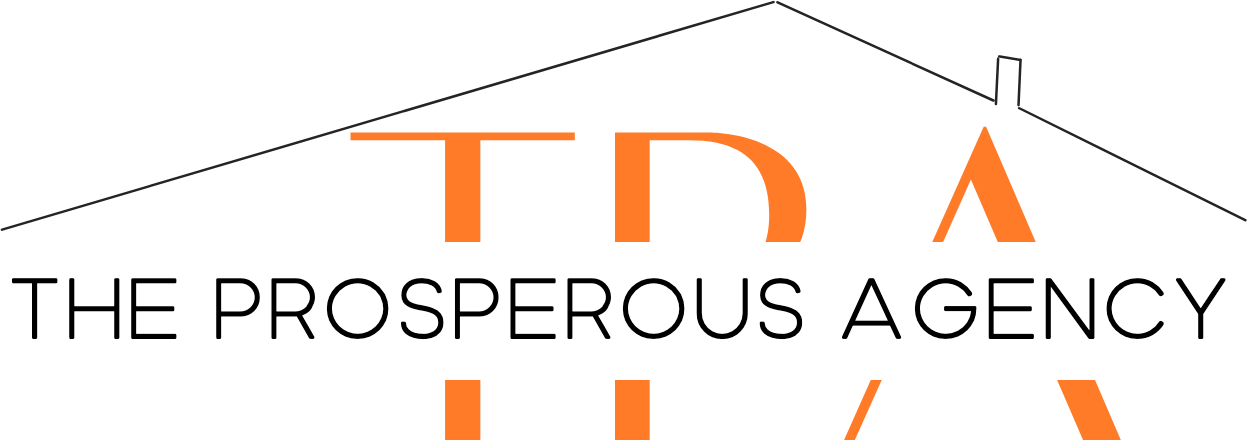Buying a home isn’t as easy as walking up to a lender and requesting a mortgage. You’ll need cash for a down payment and the loan’s closing costs, unless you’re applying for a VA or USDA loan.
If you’ll be going after a conventional loan, you’ll typically (but not always) need 20 percent of the loan amount as the down payment.
Right now, the median sales price of a home in the U.S. is $240,000. Based on that price, you’ll need to come up with between $8,400 and $48,000 (depending on the loan program) just for the down payment.
Then, there are closing costs to consider. These vary, but they are typically between 2 and 5 percent of the loan amount.
Unless you have a stack of cash sitting around, you’ll need to start saving, and that takes careful planning. A well-though out budget is your road map.
The Budget
It’s important to get your budget in writing, whether that means using a spreadsheet, paper and pencil or personal finance software. Financial guru Dave Ramsey recommends the free budgeting software at everydollar.com or try Microsoft Money Plus Sunset Deluxe
The most basic of budgets includes your income and your outgo. Income should include all money from all sources.
Outgo includes not only your fixed expenses, such as rent or mortgage payments and installment loan payments, but variable expenses (utilities, telephone, etc.) and every single penny you spend on a daily basis.
Some spending that is frequently overlooked by budgeters includes:
- Money given to charity
- Dining out (yes, even that bagel and coffee you stop for each morning)
- Transportation expenses (fuel, insurance, tolls and parking)
- Auto maintenance
- Pets (food, accessories, vet visits)
Keep a small notebook on you while you’re away from home so that you can quickly jot down the small purchases we all make every day. These may include items such as coffee and bus fare.
Give it a Trial Run
Take the new budget for a spin for a month or two and see how it fits and adjust where necessary.
Your budget will show you where you spend your money every week. More important, it will show you areas you can cut ― unnecessary spending that you can add to your house fund instead.
By the way, open an online savings account in which to stash your house fund and forego the debit card. Without a debit card, these accounts are a bit harder to access than a brick and mortar bank so you’ll be less tempted to raid the account.
Choose a fee-free account such as those offered by:
Today’s homebuyer has options when it comes to buying a home for the least amount of cash out-of-pocket. Go for one of the low-down payment programs and ensure your real estate agent requests that the seller pay a closing cost credit.
These two items alone will slash your cash out-lay tremendously and you’ll be in your new home sooner, rather than later.








